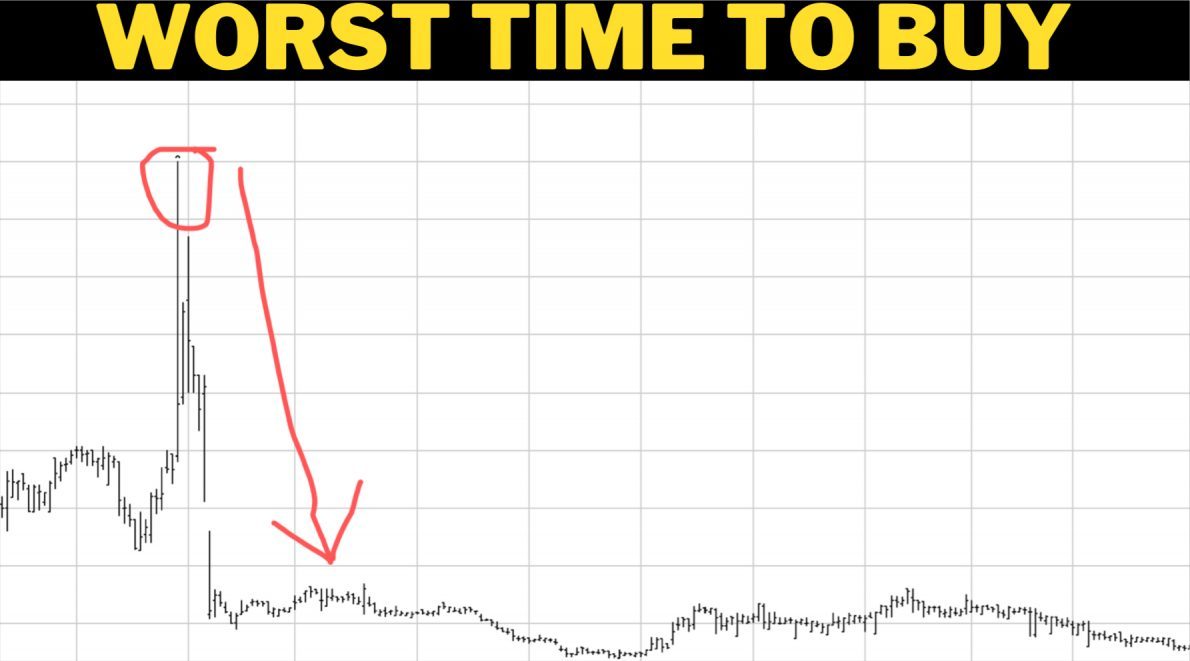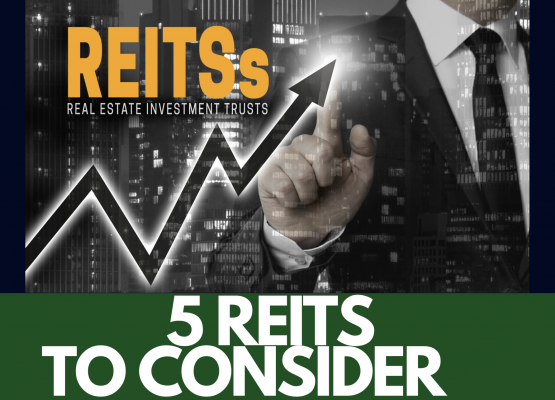If there’s one lesson every investor must learn, it is that stock markets are a veritable mix of cold, hard facts and emotion-driven speculation. Fear and greed, in particular, often take the reins, shaping market trends and driving investor behavior in ways that can be destructive to their financial health. There are many instances when it’s unwise to buy a stock, but arguably, the absolute worst time to make a purchase is when individual stocks go parabolic due to intense fear, greed, and herd mentality.
For the uninitiated, a parabolic move in a stock is when its price increases (or decreases) at an accelerating pace to the point where the curve starts to resemble a parabola. Parabolic price action is typically fueled by emotional buying or selling and often signifies a ‘bubble.’ These bubbles are a manifestation of extreme greed where investors, lured by the dream of quick profits, jump onto the bandwagon without any regard for the fundamentals of the stock or the risks involved.
However, what goes up must come down. Parabolic moves are unsustainable over the long term because they are not supported by underlying business fundamentals. When the bubble eventually bursts, those who bought at or near the top usually experience significant financial losses.
Such scenarios provide a perfect backdrop to understand the pernicious influence of emotions, particularly fear and greed, on investment decisions.
Greed is a potent motivator that can cloud judgment. As billionaire investor Warren Buffet famously said, “Be fearful when others are greedy and greedy when others are fearful.” In other words, when the market is exuberant and prices are skyrocketing, it’s a good time to exercise caution, not to jump in headfirst.
The dot-com bubble of the late 1990s and early 2000s is a classic example of how greed can fuel a buying frenzy that ends in disaster. Companies with minimal revenues and zero profits were receiving astronomical valuations simply because they were Internet-related. Investors were blinded by the lure of quick profits and, as a result, failed to pay attention to basic investment fundamentals.
Fear, on the other hand, can lead to panic selling. When stock prices start to plummet, the fear of losing money can trigger a mass exodus, driving prices down even further. This can lead to situations where stocks are sold off at any price, often below their actual value, resulting in significant losses for those who bought at the peak.
The financial crisis of 2008 offers a classic example of fear driving market behavior. As news of banks and financial institutions collapsing hit the headlines, investors worldwide panicked and started selling off their stocks. The fear was palpable, and it led to one of the worst market crashes in history.
The role of herd mentality in these scenarios cannot be understated. It refers to the tendency of investors to follow what others are doing rather than making independent decisions based on thorough research and analysis. This can create a domino effect, where the actions of a few influence the many.
During periods of extreme fear or greed, herd mentality tends to be more pronounced. People feel safer following the crowd, and they may ignore their better judgment or personal financial goals in favor of going with the flow. But as history has shown, the crowd can often be wrong, particularly when fear and greed override rational decision-making.
To sum up, the worst time to buy a stock is when it’s caught in a parabolic move fueled by extreme fear or greed and herd mentality. These situations often lead to prices that are wildly disconnected from the stock’s underlying value, and when reality finally catches up, the fallout can be devastating.
The best way to protect oneself is to maintain a disciplined approach to investing, resisting the pull of the crowd and making decisions based on sound research and personal financial goals. Remember, investing is not about making quick profits but about building wealth over the long term. In this journey, patience and discipline are your best allies.




